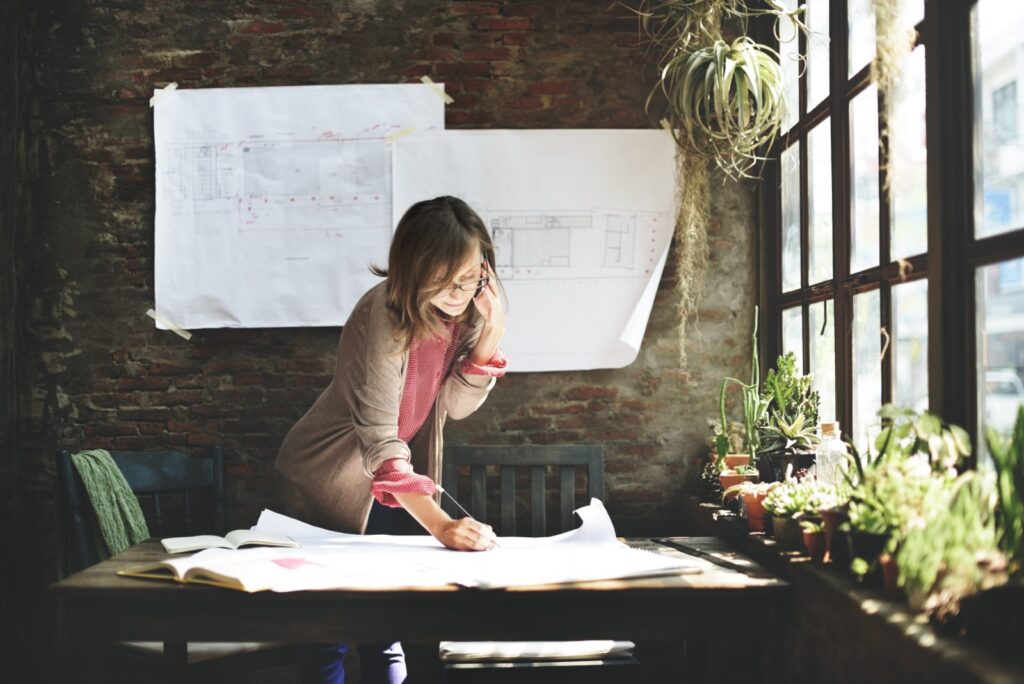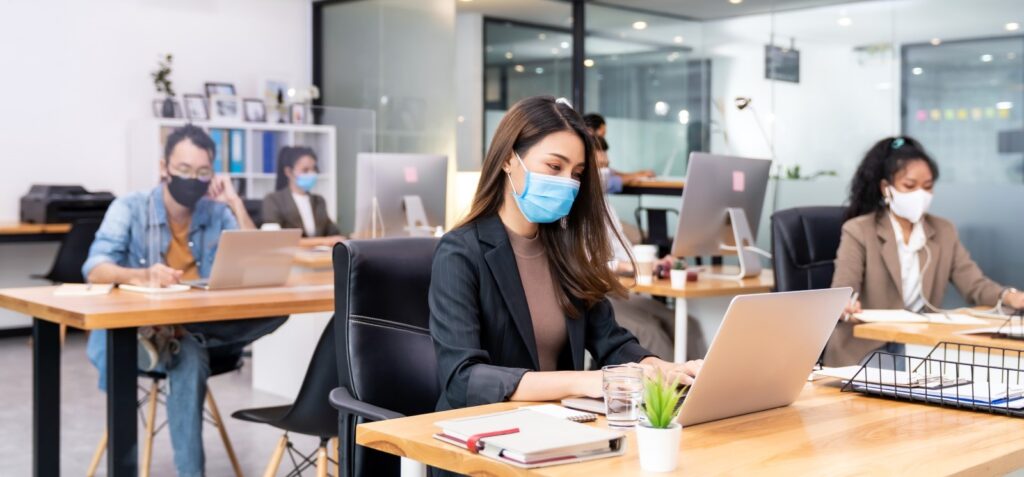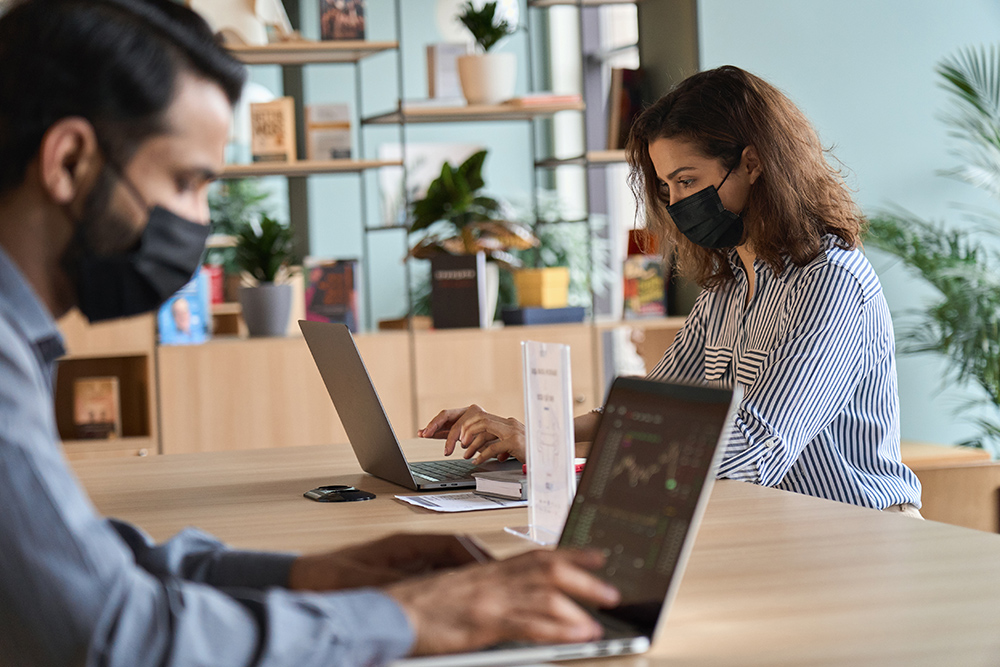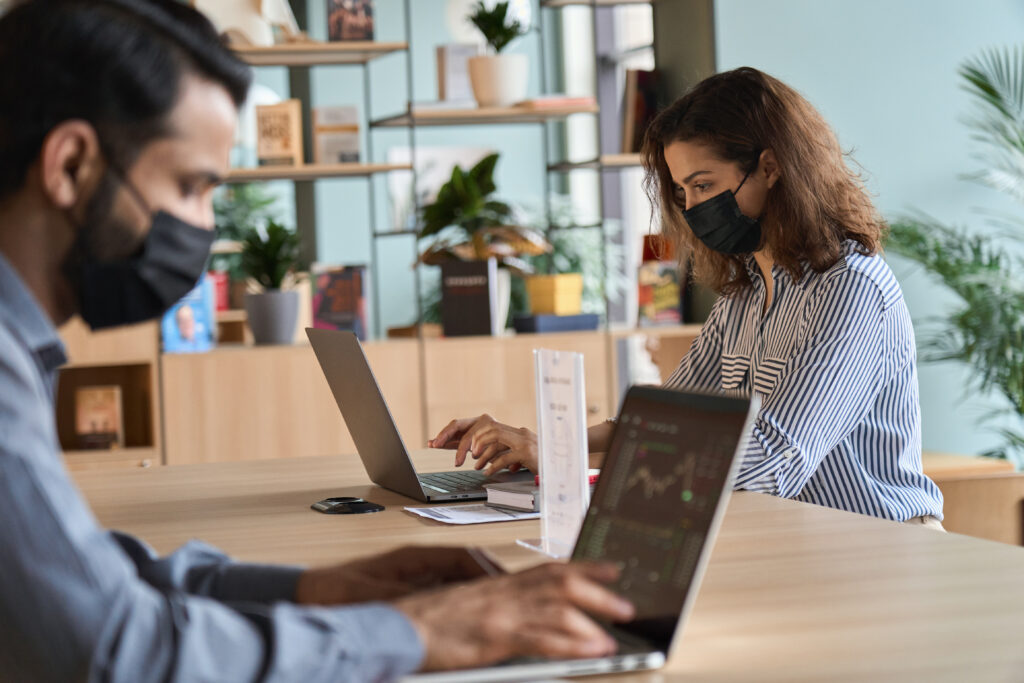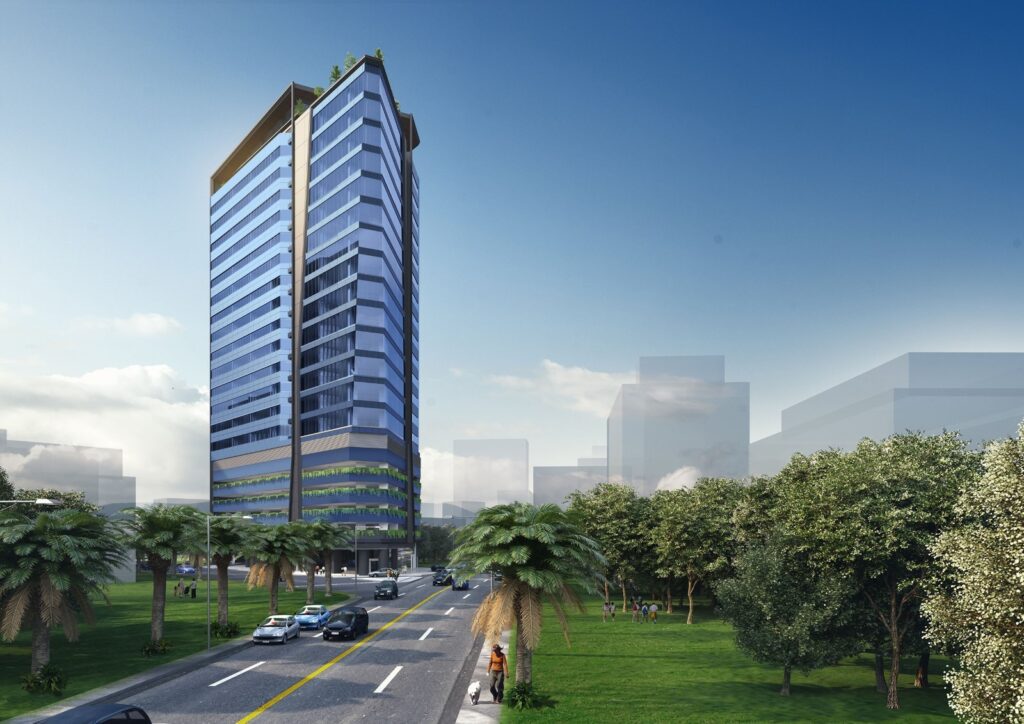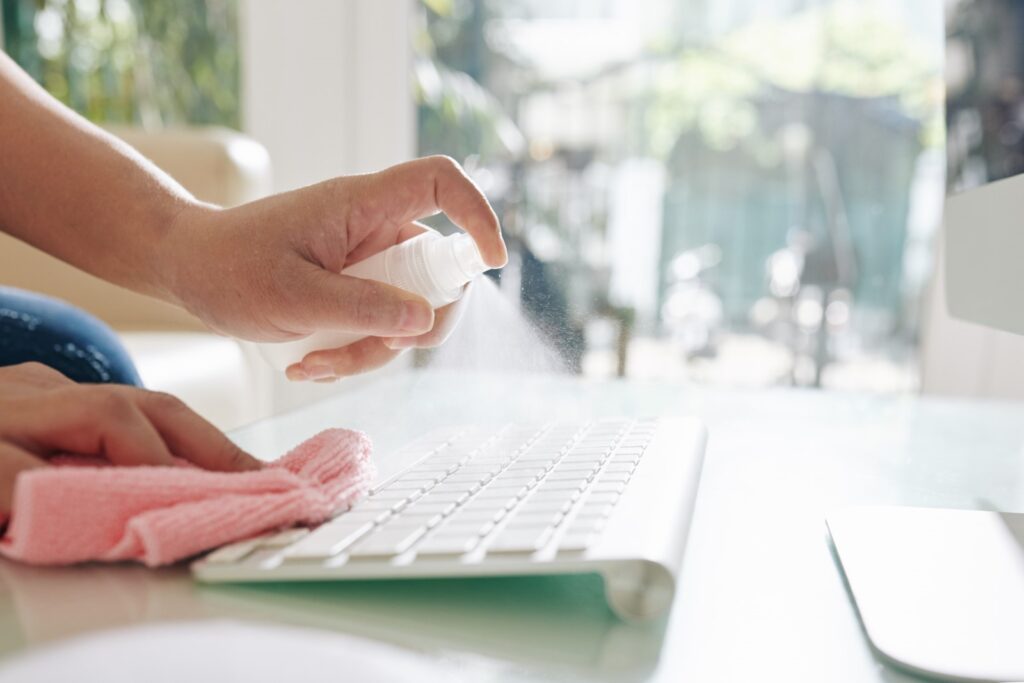
In today’s work culture, many people tend to overwork themselves to the point that they forget about their wellbeing. This type of lifestyle can be hazardous to one’s health both mentally and physically, and could eventually lead to burnout.
The best way to combat these problems would be having a pastime that could help clear your mind, however picking one can be overwhelming and is difficult to fit into one’s packed schedule. Why not try Yoga? Yoga is a holistic way to work out and relieve your mind, body, and spirit, and the best part about it is that anybody can do it regardless of age or fitness level.
Here are some of the benefits of practicing yoga:
A Workout to Unwind
Unlike other forms of exercise that require specific equipment or fitness level, all you need to start your yoga journey is yourself and a calm place where you feel comfortable. The main objective of yoga is to relax one’s body, mind, and spirit through a series of breathing, poses, and chanting exercises. By incorporating yoga into your daily routine, you will be able to de-stress, refresh yourself, and keep your heart healthy.
Improves Your Mental Health
Whenever you feel stressed out and need to take a breather, yoga can help clear your mind. Studies have shown that yoga can help improve one’s mental health. Yoga can boost your endorphins, pumping more oxygenated blood to your brain, which improves and sharpens your senses. Practicing yoga is also known to improve your serotonin levels which are your hormones responsible for balancing your mood levels.
Keeps You in Shape
When doing yoga poses, you slowly stretch into your chosen position and hold that pose, accompanied by deep breathing practices. This can help warm up your muscles, and through consistent practice, you will be able to improve your strength, flexibility, and balance.

Connects you to a Community
Not only can yoga freshen up your body, mind, and spirit, it also lets you be part of a big supportive community. Last September 8, JEG tower held an outdoors yoga session at its roof deck garden. Making use of the roof deck’s spacious area and relaxing scenery, the yoga session was joined by practitioners and newcomers alike, all with the goal of promoting wellness and a healthier lifestyle. Joining a yoga session is a fun way to connect with people and make friends, all while developing a healthier lifestyle.
Host your outdoor activity at JEG’s roof deck garden! For future events or inquiries about the building, reach out to Alexa Abella at (+63) 917-825-6884. Learn more information about the best place to work in Cebu City! Send an email to jegtower@kmcmaggroup.com today!












